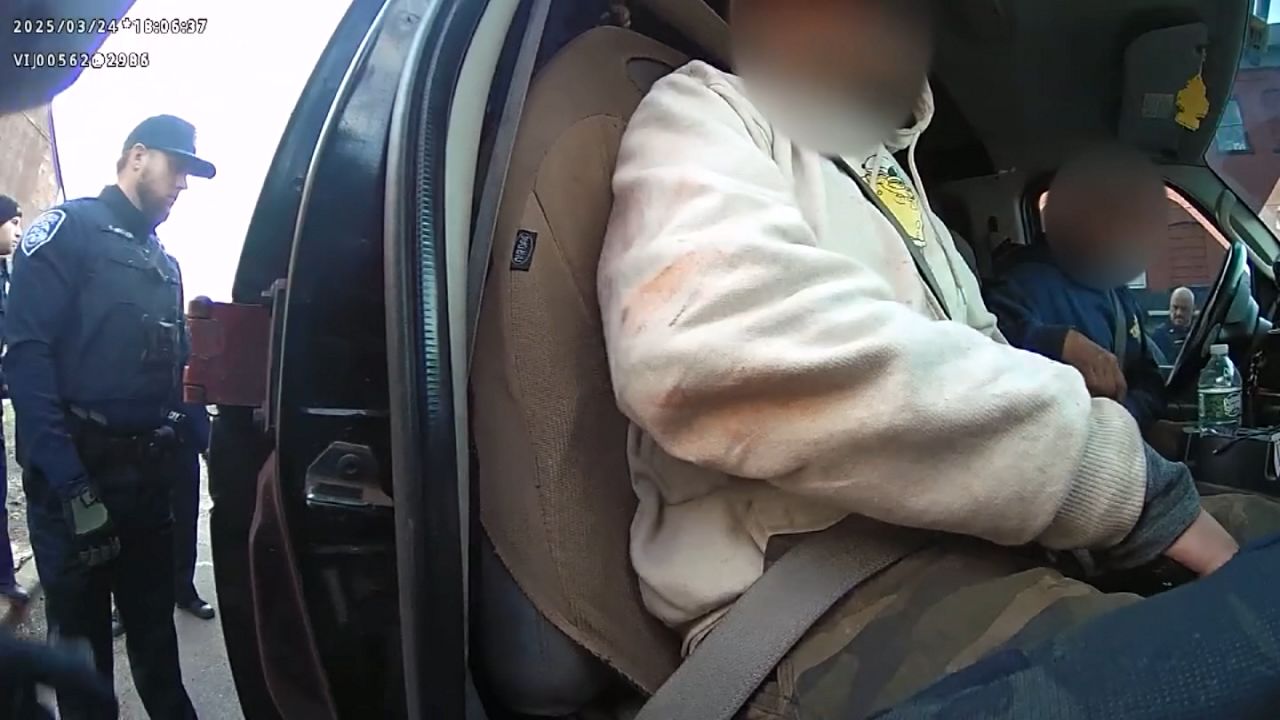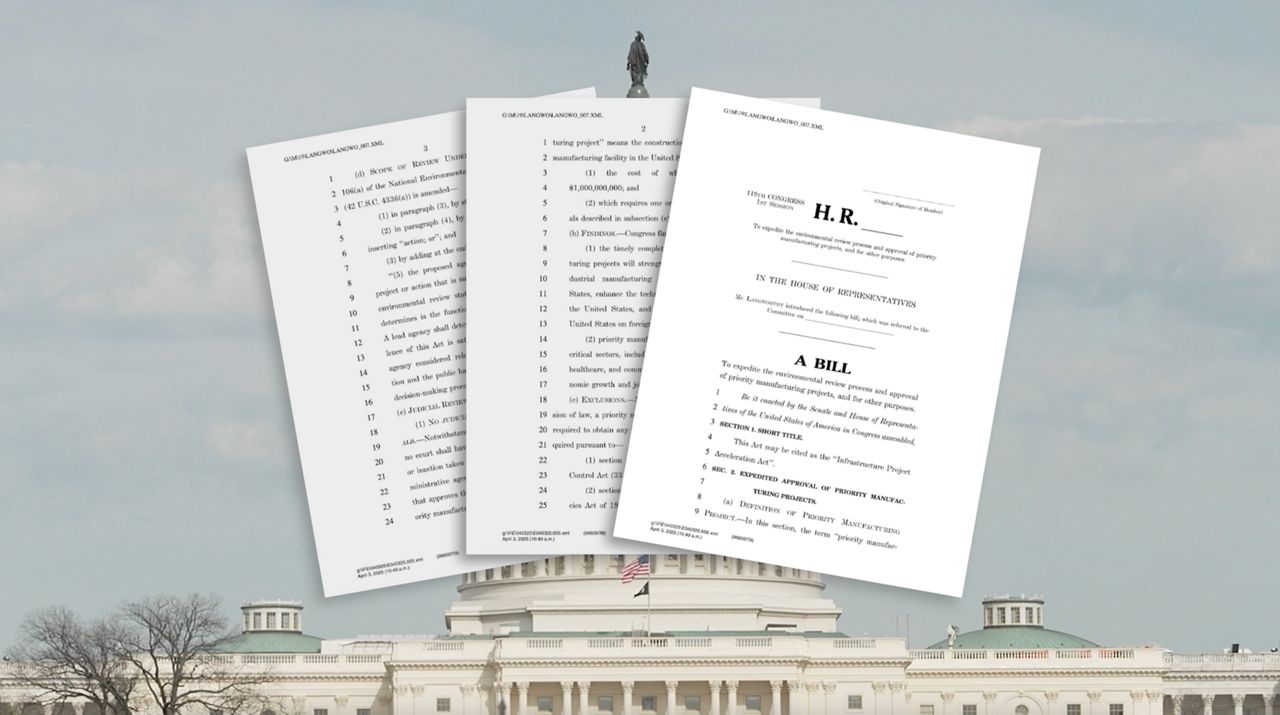As student literacy rates continue to fall, lawmakers are working on legislation to change the way reading is taught in the state while pressuring Gov. Kathy Hochul to sign a measure she vetoed last year to help New York students struggling with reading-related learning disorders.
About half of third-grade students in New York are not proficient in reading, and only 37% of third graders from low-income backgrounds, according to last year's assessment scores.
"We have very low literacy rates," said Marion Waldman, executive director and co-founder of nonprofit Teach My Kid to Read. "We are not a state that likes to tell teachers how they should teach reading, and yet, two-thirds of our kids are not skilled readers and our kids with reading issues like dyslexia, and in our Black and brown communities and disadvantaged communities, are not learning to read."
The Legislature again passed the Dyslexia Task Force Act this session to create a 10-person panel to recommend the best practices to help students with dyslexia, dysgraphia and other disorders.
Hochul veoted the bill last year, arguing the proposal should be saved for budget negotiations. It was not included in the latest $229 billion spending plan adopted in May.
Sponsor Assemblyman Robert Carroll, who struggled with dyslexia as a child, is more confident it will be signed into law this time around.
"We have a literacy crisis in America, and folks are finally waking up to it," said Carroll, a Democrat from Brooklyn.
It's estimated between 7 and 15% of children struggle with phonological awareness issues, or learning disorders like dyslexia, Carroll said.
Advocates say the study will help determine the right instruction and solutions to educate skilled readers. But through the summer and fall, they're working with lawmakers to develop additional proposals to implement a statewide reading curriculum and more training for teachers.
"[Phonics] is a huge component in the science of reading, but the science of reading is also about knowledge and making sure that when kids start up pre-K or kindergarten, that the field is leveled," Waldman said. "...It's about reading based on how our brains need to be taught to learn to read."
Advocates and lawmakers alike have long urged the Board of Regents to create guidelines to require teachers are trained in the science of reading and evidence-based literacy training.
"There's a need for urgency at the state level, and doing nothing just isn't an option anymore," Education Trust NY Deputy Director Jeff Smink said Thursday.
But because New York is a local control state — meaning curriculum is developed and adopted at the local district level — the state Education Department does not mandate curriculum, and the board has not issued more specific reading instruction guidelines.
"The State Education Department develops learning standards, including those for early learning and literacy, that articulate the expectations of what children can learn and do as a result of instruction," SED spokesperson Keshia Clukey said in a statement. "And this dichotomy exists for a reason: There is no 'one-size-fits-all' approach. Districts are able to create or adopt curricula that meet their specific, local needs."
Instead, SED provides roadmaps and other resources to help districts with early identification and intervention to identify necessary support for students. Those tools, according to the department, are based on the science of reading and evidence-based research.
SED Standards and Instruction staff continue to work on new literacy resources for pre-K through twelfth-grade students and professional learning resources for teachers, Clukey said.
A record $34.5 billion was included in the 2023-24 FY budget for education, including $24 billion in foundation aid, or direct funding to schools. Districts have liberty in how they choose to spend that funding, including for reading or early intervention programs, but decisions will vary district to district.
Districts in urban and rural low-income areas have less funding and resources, leading to reduced training and literacy rates in those communities.
"There's districts that just haven't gotten there yet, so again, it makes New York a luck of the draw," Waldman said.
The cities of Buffalo, Syracuse and Rochester, or those with higher rates of child poverty, also have some of the state's lowest reading proficiency rates at 24%, 13% and 11% respectively, according to an April report by The Education Trust NY on early state literacy rates.
New York teacher preparation programs are required to include course work in language acquisition and literacy development by native English speakers and students who are English language learners. and early childhood education programs are required to ensure candidates have a knowledge for teaching the state standards in English and language arts.
"New York state childhood education programs must ensure that candidates have a knowledge base for teaching to the state learning standards for students, including the ELA learning standards," Clukey said. "The NYS ELA learning standards are both strongly rooted and require direct instruction in the five components of effective reading instruction (reading comprehension, phonemic awareness, phonics, fluency, and vocabulary)."
Carroll carries other legislation that died this session, including measures to mandate a new reading intervention curriculum and make insurance companies cover evaluations for disorders like dyslexia.
He says the state must take action as other states move to ban a record-high number of books in schools.
"We shouldn't be banning books, but if you can't read what's in them, it doesn't matter," Carroll said. "When we don't teach kids how to read, we're banning every single book in the world to them."










